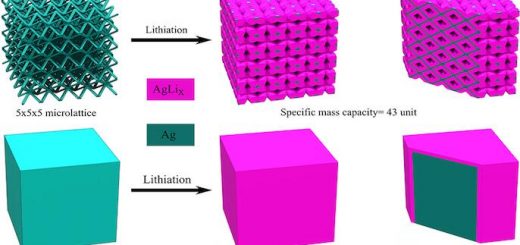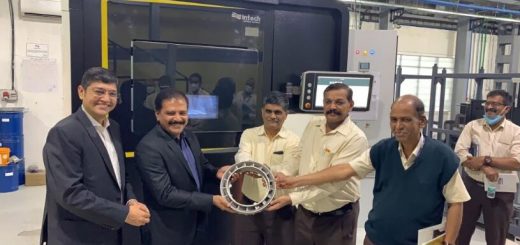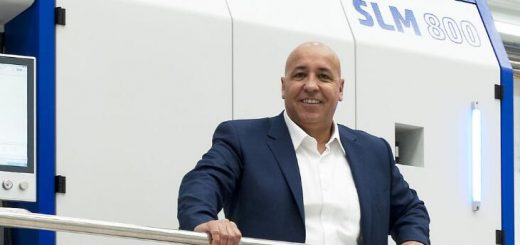Metal Lightweighting: The Additive Advantage
The quest for metal lightweighting – the ability to make parts lighter – is prompting a whole new way to think about design and manufacture.
A key enabler of lightweighting is metal additive manufacturing – also known as metal 3D printing – which produces high quality, complex parts that are impossible to achieve through traditional manufacturing processes.
To learn more, The Manufacturer caught up with Patrick Dunne, vice president of advanced application development at 3D Systems.
![]() How is manufacturers’ awareness (and adoption) of metal lightweighting growing?
How is manufacturers’ awareness (and adoption) of metal lightweighting growing?
Patrick Dunne: The past couple of years has been a tipping point for metal additive manufacturing reflected in a steady escalation in the application of lightweighting and the process moving beyond prototyping to production parts and assemblies.
Industrial companies, particularly those operating in low volume, ultra-high value sectors, now better understand the impact of design in the production chain of additive manufacturing and are therefore starting to create new and innovative lightweight designs.

Topologically-optimised brackets deliver an innovative new approach to metal satellite parts for lighter weight and improved performance – image courtesy of 3D Systems.
This is being driven primarily by low volume, very high-value sectors such as aerospace and high-performance automotive like motorsports, and stems from the desire to improve fuel efficiency, reduce operating costs and lower emissions to meet stringent regulatory standards.
![]() Can you offer a bit more detail around the key areas that metal lightweighting is asserting itself?
Can you offer a bit more detail around the key areas that metal lightweighting is asserting itself?
The recent rush to send smaller and lighter objects into space has caused aerospace companies and agencies to focus their critical research on finding new ways to reduce part size, part count or part weight.
According to NASA, it currently costs US$10,000 to put a pound of payload in Earth orbit. In civil aerospace, every kilogram carried can cost an airline thousands of dollars a year, per aircraft. Therefore, every ounce reduced from the weight of a spacecraft or aircraft equates to a significant reduction in required fuel and cost over time.
Similarly, in the world of Formula One, reducing and controlling weight distribution across the vehicle can have a major impact on performance and deliver a critical competitive edge. For example, a lighter turbo impellor will respond more quickly.
Source: TheManufacturer




Recent Comments